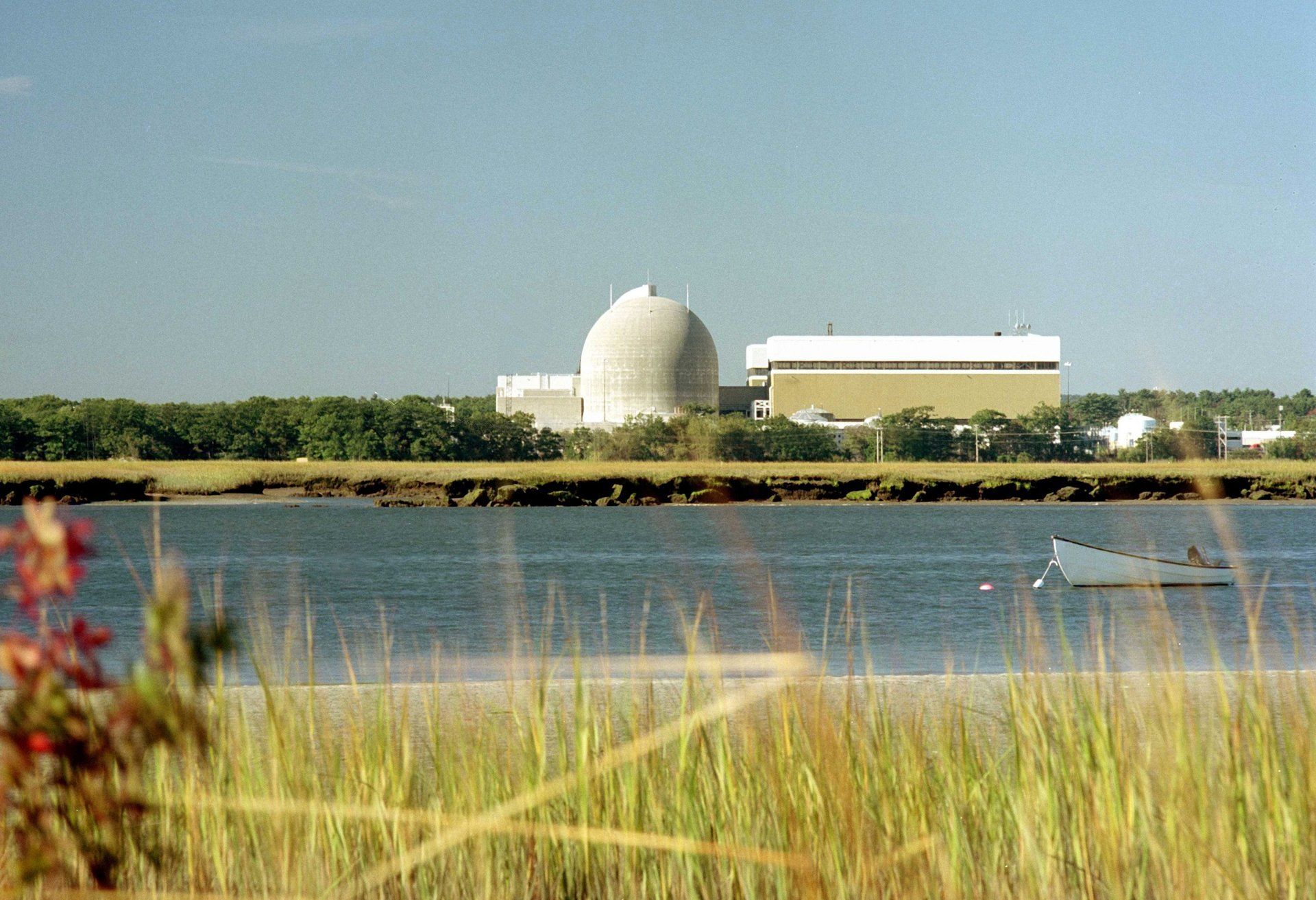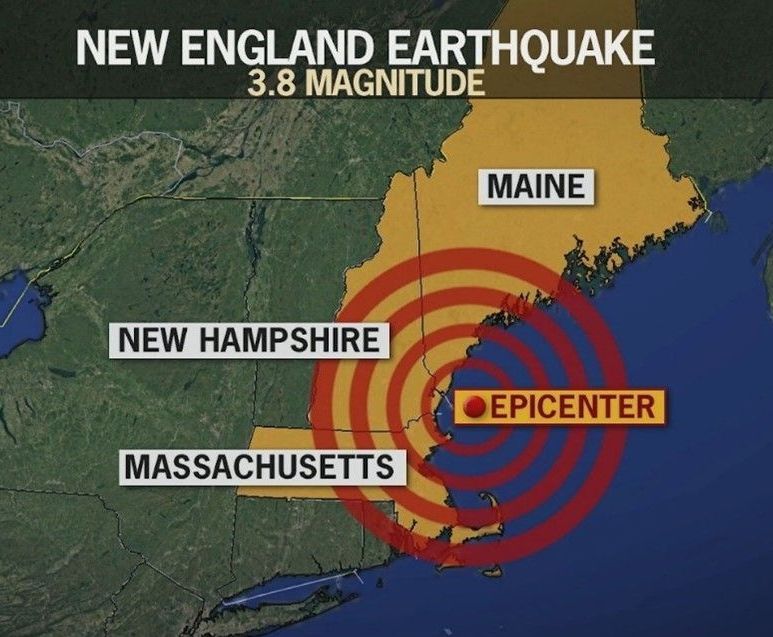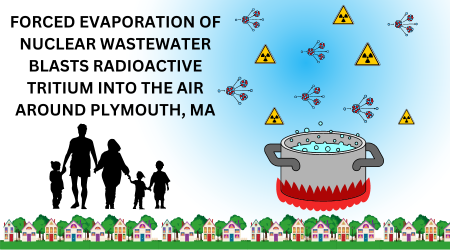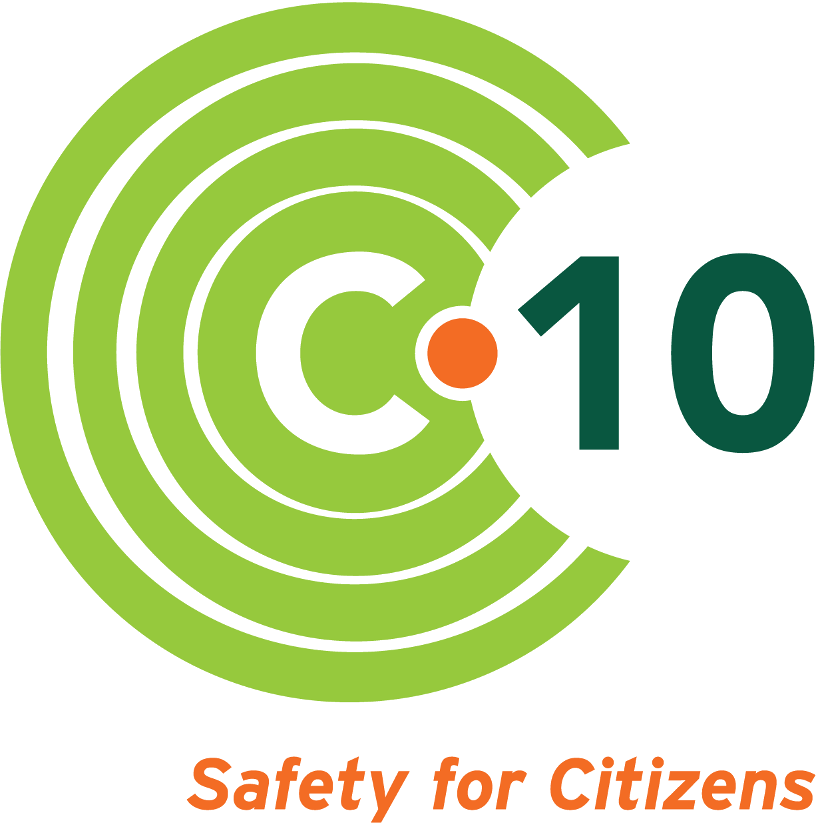Senators Markey and Warren urged NRC to strengthen concrete monitoring at Seabrook Station
Letter was sent a day before a key NRC memo was released

US Senator Ed Markey (D-Mass.) has long been an outspoken nuclear safety advocate, as detailed in this recent press release .He and US Senator Elizabeth Warren (D-Mass.) have closely watched how the US Nuclear Regulatory Commission (NRC) oversees Seabrook Station's management of its degrading concrete
, and have been supportive of C-10's effort for stronger oversight with the legal challenge
to Seabrook's license amendment request.
While C-10 thought the case was settled when new operating license conditions
were ordered by the NRC's Atomic Safety and Licensing Board in November 2020, we were surprised that on March 5, 2021 the Commissioners issued an order
giving themselves more time to review the case.
What would this mean?
Would the Commissioners swoop in and roll back the conditions on how NextEra Energy Seabrook monitors the irreversible condition called alkali-silica reaction (ASR)?
Or was this an opening for something better?
On March 18, 2021, C-10 and two of our leading advisors— independent nuclear safetyexpert David Lochbaum and Director of Beyond Nuclear's Reactor Oversight Program, Paul Gunter—met with aides of both Senators to brief them on our concerns with how the nation's aging nuclear reactors are managed, in particular the need for testing and monitoring of concrete in containment structures.
The absence of clear regulatory guidance for how the nation's nuclear reactors should test and manage problems like ASR is of great concern to C-10 and other nuclear safety advocates. Without such regulations in place, Seabrook essentially set their own concrete aging management protocols for the NRC to approve.
While C-10's team saw the Board's 200-page ruling
on Seabrook's concrete as a partial victory, our expert Dr. Victor Saouma
believes that it fell short, and that more specificity is needed to ensure that the monitoring protocols protect the public as intended.

C-10 was pleased when Senator Markey's team signaled that they would push for stricter conditions and seek co-signers from the New Hampshire delegation. In the end, the letter
signed only by Senators Markey and Warren was sent to the NRC on Monday, May 10, as detailed in this May 11 story in the Newburyport Daily News.
“The NRC should prioritize safety, scientific expertise, and regulatory specificity as it works to develop regulations to ensure that this unprecedented condition does not threaten the structural integrity of the facilities in which it occurs,” wrote the Senators in their letter to the NRC. “We request that the NRC reopen the record for consideration of supplemental testimony and strengthen the four license conditions in the ASLB’s Initial Decision.”
Dr. Saouma's recommendations, as highlighted in the Senators' letter, are to:
1. Quantify the reliability of concrete expansion monitoring by requiring the use of error bars
to provide graphical representations of the uncertainties in the calibration curve used by NextEra Energy. The NRC staff should independently review the error bars.
2. Install acoustic sensors to detect possible reinforcement failure
, using ultrasonic waves to detect and measure when a material deforms under stress.
3. Eliminate ambiguous terms.
For example, the phrase “significant expansion” is too vague and could allow NextEra to defer addressing ASR development until cracks expand to irreversibly dangerous proportions. License condition (e) should eliminate the word
“significantly” and instead require NextEra to perform an engineering evaluation when a specific expansion threshold is crossed.
4. Specify that the “petrographic analysis” required in license condition (f) should be capable of detecting micro-cracks as small as 10 µm.
Petrography is a generic term, and different methods of petrography have differing degrees of identification. By specifying the
micro-crack size that NextEra must analyze, the NRC can ensure that unacceptable
developments of micro-cracking do not go undetected.

Too late?
C-10 was momentarily cheered that maybe the NRC Commissioners would give careful consideration to the letter—Senator Markey is Chair of the Clean Air, Climate, and Nuclear Safety Subcommitteeof the Senate Environment and Public Works Committee, and oversight of the NRC is a key role of that body.
Yet hours after we read the morning's newspaper, the NRC issued a memo
that the Commission had declined to review any of the decisions. We can only assume that memo was in the works before the Senators' letter was received, and was not precipitated by it.
Well, a point for not having the Seabrook ASR order weakened
, but a disappointment that the Commissioners declined to clarify and strengthen the license conditions for how Seabrook should manage its degrading concrete.
"Any time the Licensing Board makes a decision, the Commissioners give themselves the option of reviewing it—even if nobody appeals the Licensing Board decision." explained C-10's attorney, Diane Curran of the March 5 order. "Neither C-10 nor NextEra appealed the ASLB decision. The Commissioners had a certain amount of time to decide whether to review the decision, then when it ran out they gave themselves a little more time. But when it ran out the second time, they let it go—they decided not to review whether the ASLB made a good decision. The ASLB decision is now the law of the case," said Curran, who viewed the memo as good news.
C-10 continues to keep watch on the NRC's oversight of Seabrook's concrete troubles. We believe that new federal regulations governing the management of ASR must be enacted—particularly as nuclear plants are requesting and being granted subsequent license extensions to operate for decades longer than originally intended.
For more background, see previous blogs, or read about C-10's legal challenge, here.

Follow us



